|
| French styles in furniture ... |
|
French styles in construction ... |
A few tips to identify styles in French furniture :
| |
| |
|
| The reign of Louis XV (1723-1774) is the apex of the French cultural influence in Europe ; Baroque style ; no straight lines ; complicated forms ; fantasy ; marquetry |
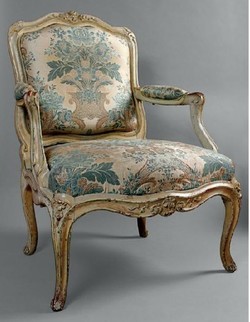 (credit) (credit)
|
A typical Louis XV armchair
|
| Under Louis XVI (1774-1792), more simplicity, straight lines |
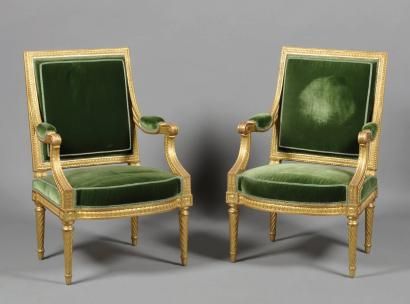 (credit) (credit) |
Typical Louis XVI armchairs
|
The Directoire (1795-1799) was a period of liberty and fantasy after the horror of the Revolutionary Terror ; a clear return to the Romans and the Greeks ; a lot of painted wood |
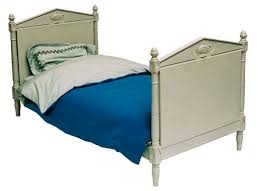 (credit) (credit) |
| Directoire bed |
| The Empire (1804-1815) was a period of military glory and new money ; the style is pompous with columns, bronze and guilded decoration |
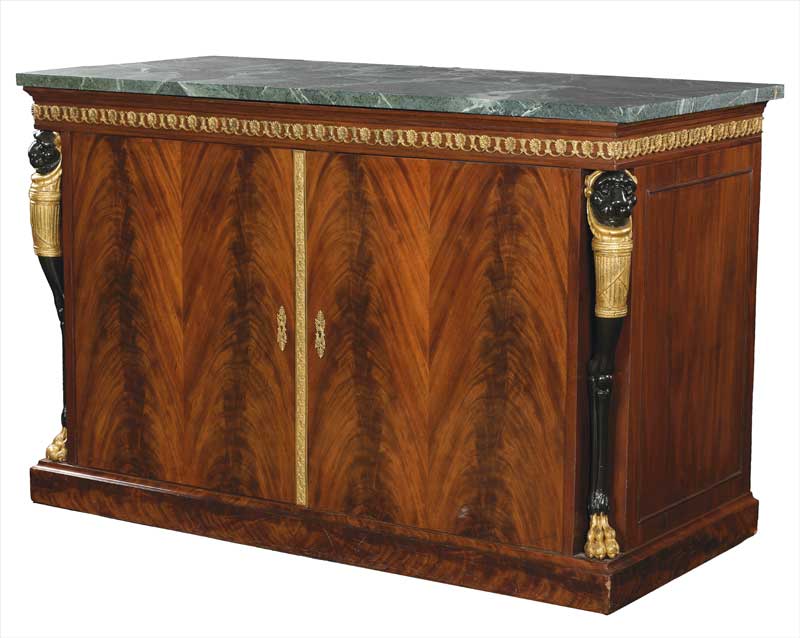 (credit) (credit) |
| A typical Empire buffet |
| |
|
| |
And read more about those kings!
| DID YOU KNOW THAT .... ? One of the elements of the charm of Paris is the homogeneity of its 19th Century buildings : same size (6 floors + attic), same beige cut stone (calcaire de Paris), same grey roof (zinc or slates). They result from the massive changes decided by Emperor Napoleon III and implemented by his prefect, Baron Hausmann. Can you "read" a hausmannian building ? |
 |
| A hausmannian building in the 20th Arr. (source) |
Ground floor : shop or concierge, first floor (in the US, second floor) : the shop keeper's apartment, often with a lower ceiling, second floor : the "noble" floor (high ceiling, ironcast balcony, sculptures, third to sixth floor : "ordinary" inhabitants, the social class decreasing with altitude (no elevator at the time !), the last floor has generally a balcony for esthetic reasons, attic : servants and poor people ("la Bohème"). |
|
| Medieval castles were designed to resist a siege and discourage the enemy ; high towers, a moat, very small windows |
 (credit) (credit) |
A typical medieval castle
|
| Progressively, the old medieval castles were transformed : larger windows, a spectacular facade, external sculpted staircases, art and beauty everywhere |
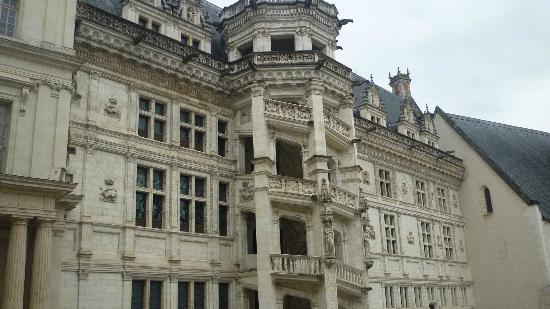 (credit) (credit) |
A typical Renaissance castle (Blois)
|
| The improvement of guns made medieval castles vulnerable ; Vauban, under Louis XIV, built a ring of fortified cities all around France ; |
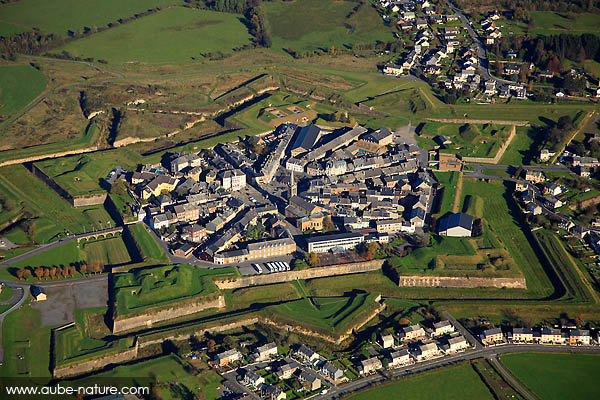 (credit) (credit) |
Cities fortified by Vauban (here : Rocroi, Norhern France)
|
| With Louis XIV (1643-1715) the castle of Versailles becomes an instrument of the power of the King : to force the nobility to live near the King (and weaken their regional power) and to impress Europe (with the vision of such richness and beauty) |
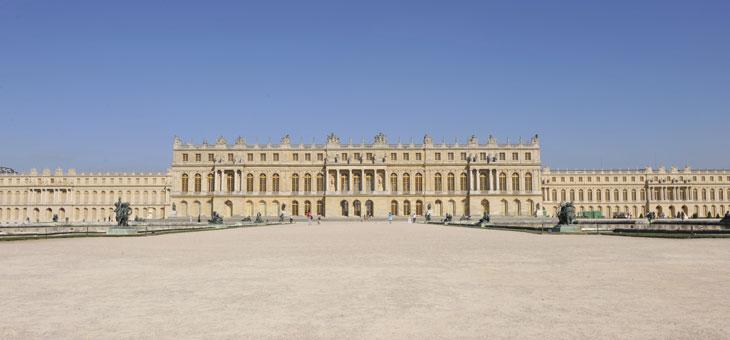 (credit) (credit) |
| Versailles : an abstract idea made castle : read more about what this castle means for the French |
| The elegance of the French XVIIIth Century influences all of Europe (and even the new American Republic : see Washington D.C. and most State monuments) |
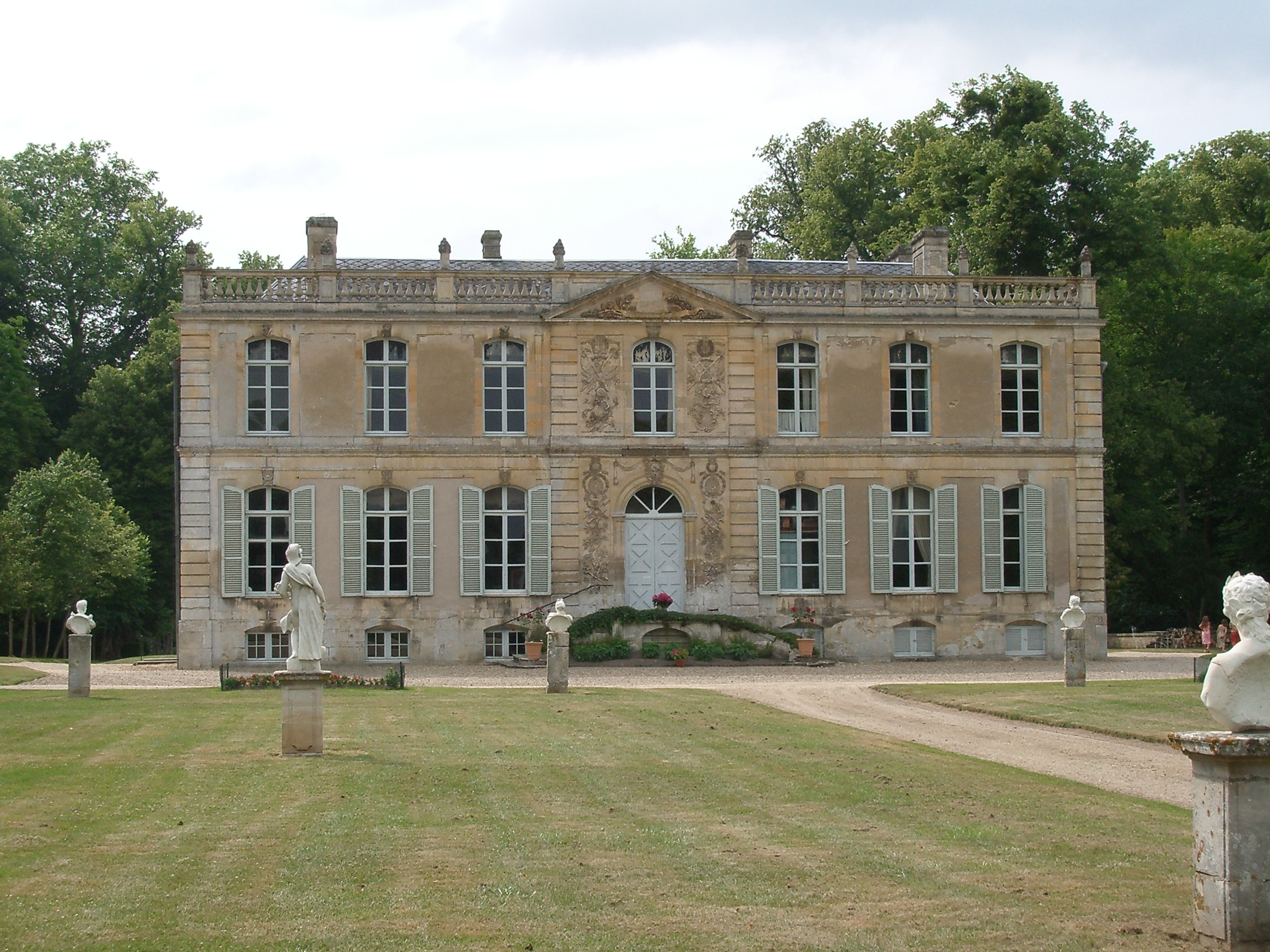 (credit) (credit) |
A typical XVIIIth Century castle (Canon, Normandy)
|
|
|
|
About castles in France... |
| USEFUL TIPS ..... Remember : there are no strict rules for styles because at the same moment some regions may be experiencing a new form of art while other regions, more isolated, still produce building and pieces of furniture according to the previous style. |
|
There are thousands of castles in France. Most are private property, others are owned by the State or by local authorities. Some of them have a very specific status.
-
In Burgundy, the casle of Guedelon is owned by an association which has decided to build a big medieval castle from scratch, using only medieval technologies (carving stones, scaffolding with tree trunks, etc). After twenty years of hard work, the castle (6 towers, total perimeter 500 ft) is almost finished. Watch them work : very enlightening..
-
Another interesting case is the castle of Lamothe-Chandeniers in Central-West France. A beautiful romantic ruin on an island on a lake, with big trees growing through its windows, it now has more than 18,000 owners, all over the world, who bought a 50 € share.
-
The Fort Boyard, on an island off the Atlantic coast was built in the 17th century to protect the harbour of La Rochelle from English attacks. It is now the site of a very popular monthly TV show, distributed worldwide since 1990.
|
| A few tips to help you enjoy more your visit... |
|
Facts and figures about antiques, art, etc. |
-
Know a little more about French history: each style is the expression of its epoch and is easier to understand and enjoy if you can relate it to its time (wars, French supremacy or peace and prosperity)
-
When you visit a castle, look carefully at details such as the silk curtains, the precious tapestries, the porcelaine plates, etc : they illustrate the strength and the persistance of the sector of luxury and artcraft
-
There is a French style for gardens, the "Jardin a la Francaise" : an abstract vision of nature. Read about it.
|
|
-
The most famous furniture makers are Andre-Charles Boulle (Louis XIV), Jean-Francois Oeben (Louis XV), Georges Jacob et Jean-Henri Riesener (Louis XVI), Jacob Desmalter (Empire).
-
Read about the French tradition of quality in the field of artcraft.
|
| To related pages : French History, to unknown Paris, to the ugliest buildings in Paris, etc... |
|
To table
of contents
To top
of the page
Back to home
page
|
Harriet Welty
Rochefort writes articles and books about France and the French.
Order her books :
- "Joie de Vivre", Secrets of Wining, Dining and Romancing like the French, St.Martin's Press, New York, 2012
- "French Toast, An American in Paris
Celebrates The Maddening Mysteries of the French", St.Martin's Press,
New York, 1999
- "French Fried, The Culinary Capers
of An American in Paris", St.Martin's Press, New York, 2001
- "French
Toast - Heureuse comme une Américaine en France",
Ramsay, Paris 2005
More on Harriet's books (excerpts, upcoming
events, testimonials, etc..) |
| To
email
me |
Together
or separately, Harriet and Philippe Rochefort speak
about Intercultural Differences : click
here for information.
|
|